- Messages
- 2,511
- Name
- Toby
- Edit My Images
- No
From two further walks at Willingale. I learned that ND8 (3 stop) Grad ND filters are great for grey or cloudy skies, but can make blue skies seem as if you have taken the photo on the edge of space. I must get 1 and 2 stop filters. I learned that the viewfinder on the D80 does not show the full picture - the amount of vignetting on the Cokin P series holder at 12-15-ish mm is horrendous, and much more than you see when you look through the finder. I also found that if you go within half a mile of an operating combine harvester, be prepared to subsequently clean your sensor. Some of the later photos were almost destroyed by spots all over the skies, and required lots of PP correction. Where does that dust get in? My 12-24 Tokina is an almost permament fixture, so it wasn't from lens changing.
1. Tractor on the peritrack at Fyfield Hall. I should clone out that funny cloud. It keeps distracting me.
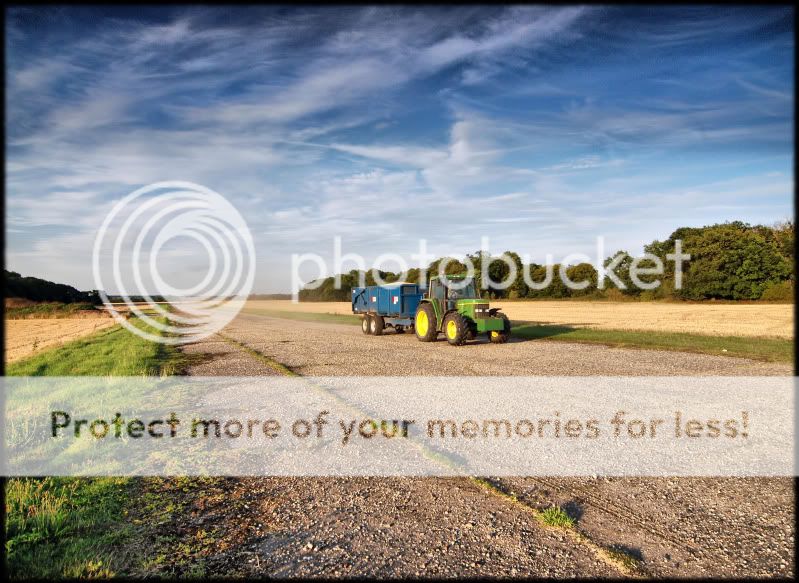
2. Self portrait. I couldn't resist this, because the shadows made it a bit weird.

3. Farm equipment and skies, Fyfield Hall. This is the only surviving full-width part of the peritrack.
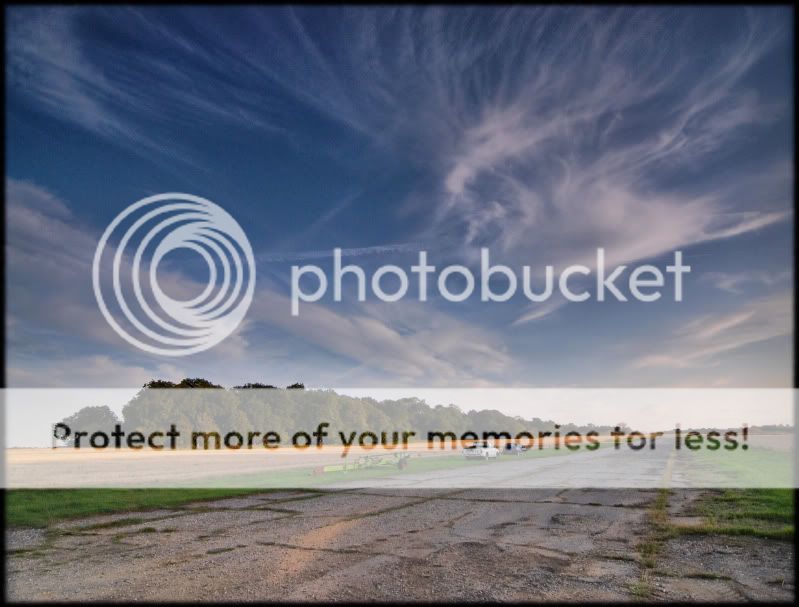
4. Another view.
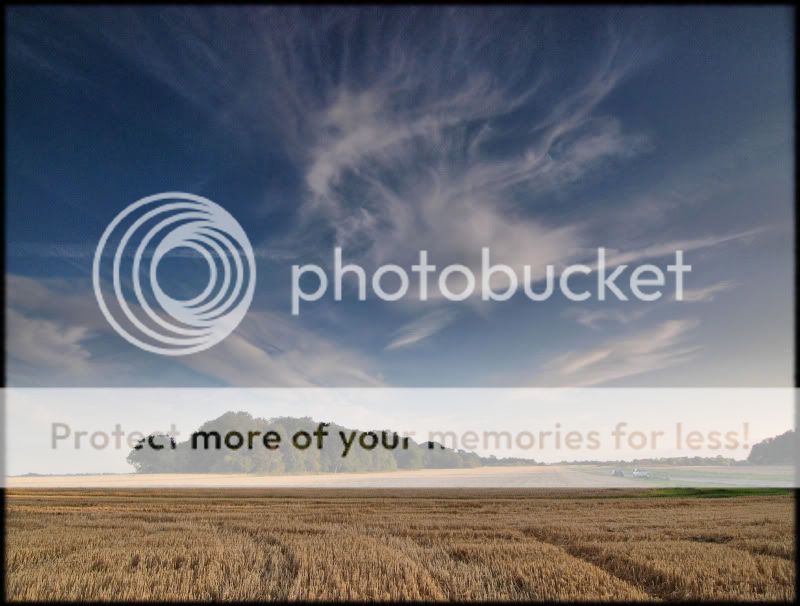
5. The track that is all that remains to indicate the main runway. It was huge - 150ft wide, and 6000ft long, it takes at least half an hour to walk its length, and you can't see one end from the other. A great vindication of man's ability to undo the damage that he has wrought, when it suits.
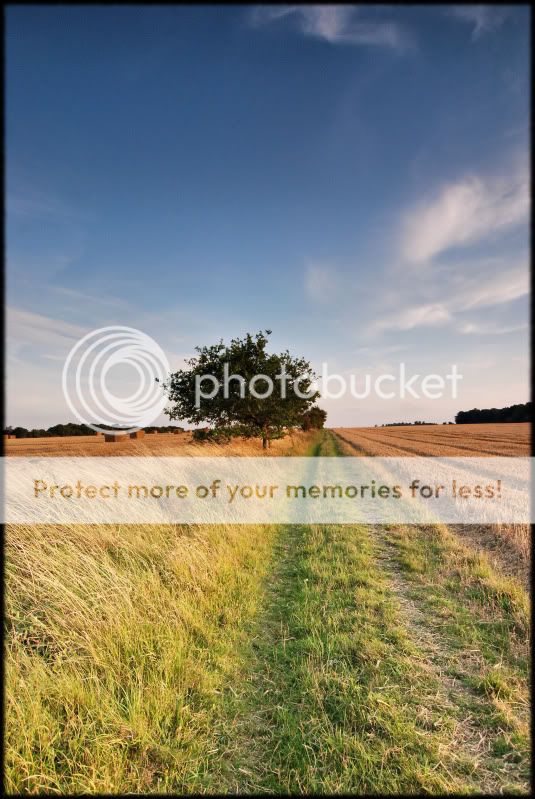
6. Footprints in the concrete at Wardens Hall. I often wonder what came of the young men who left these marks, over 65 years ago.
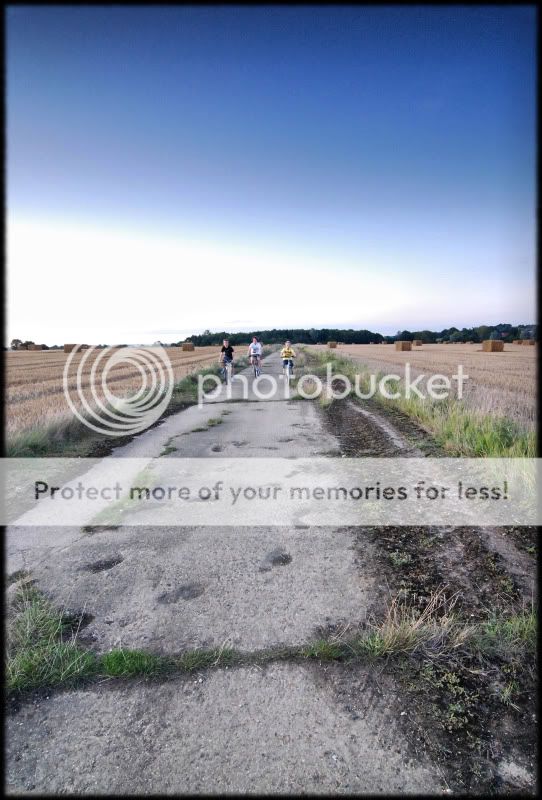
7. Broken up concrete from the hardstands at Forest Hall.
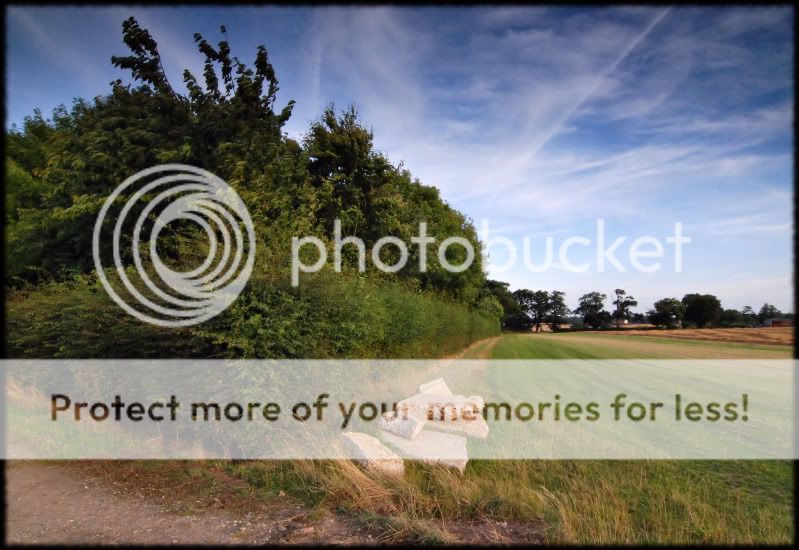
8. The fuel store, Forest Hall. Two of the giant fuel tanks that were hidden behind the earth walls still exist, sitting forlornly on a section of runway. The little building housed the pumping gear.
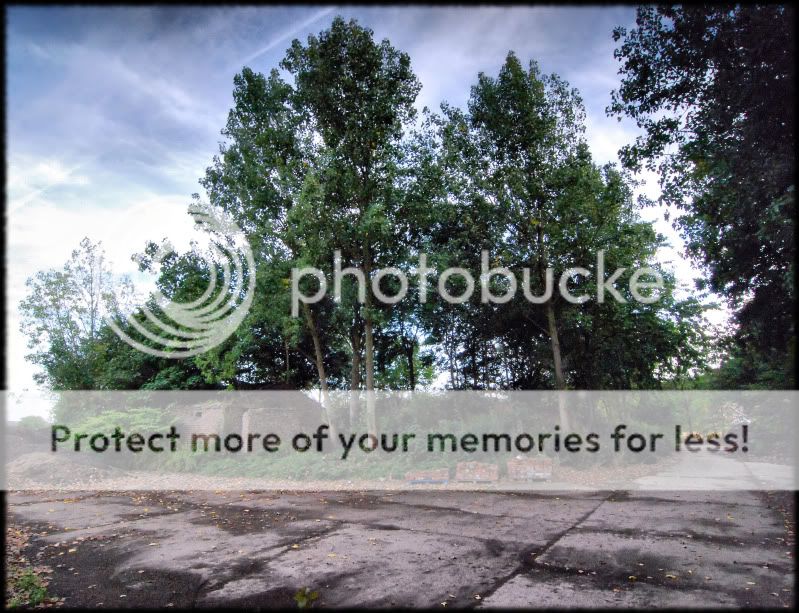
9. Oak trees at Forest Hall. They saw the airfield come and go, and much besides.
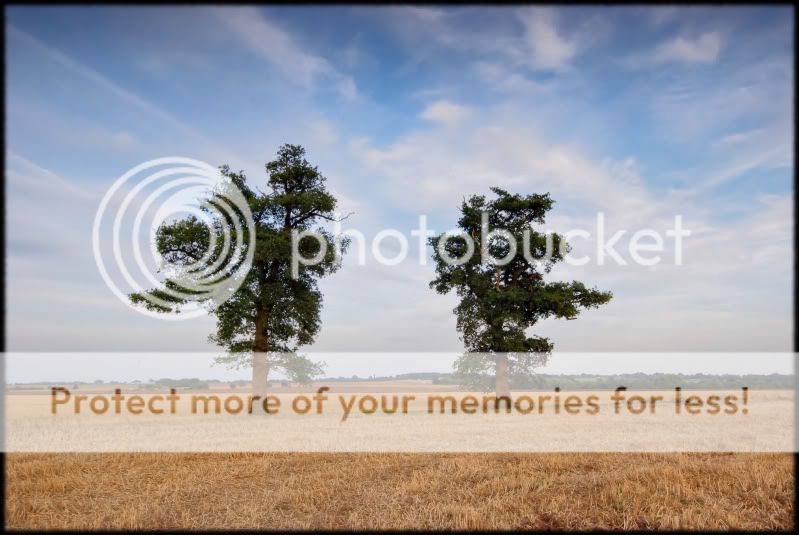
10. Evening skies over the wood at Fyfield Hall.
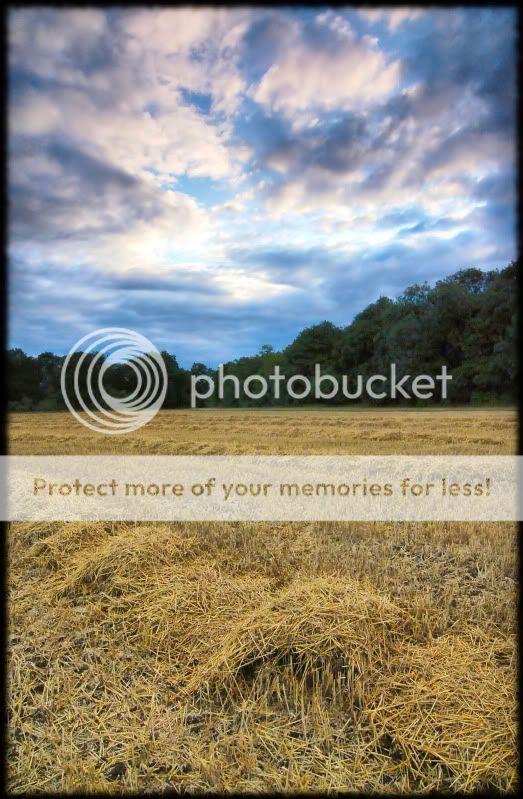
If you are still here, thanks for your indulgence. C&C extremely welcome.
1. Tractor on the peritrack at Fyfield Hall. I should clone out that funny cloud. It keeps distracting me.

2. Self portrait. I couldn't resist this, because the shadows made it a bit weird.

3. Farm equipment and skies, Fyfield Hall. This is the only surviving full-width part of the peritrack.

4. Another view.

5. The track that is all that remains to indicate the main runway. It was huge - 150ft wide, and 6000ft long, it takes at least half an hour to walk its length, and you can't see one end from the other. A great vindication of man's ability to undo the damage that he has wrought, when it suits.

6. Footprints in the concrete at Wardens Hall. I often wonder what came of the young men who left these marks, over 65 years ago.

7. Broken up concrete from the hardstands at Forest Hall.

8. The fuel store, Forest Hall. Two of the giant fuel tanks that were hidden behind the earth walls still exist, sitting forlornly on a section of runway. The little building housed the pumping gear.

9. Oak trees at Forest Hall. They saw the airfield come and go, and much besides.

10. Evening skies over the wood at Fyfield Hall.

If you are still here, thanks for your indulgence. C&C extremely welcome.


